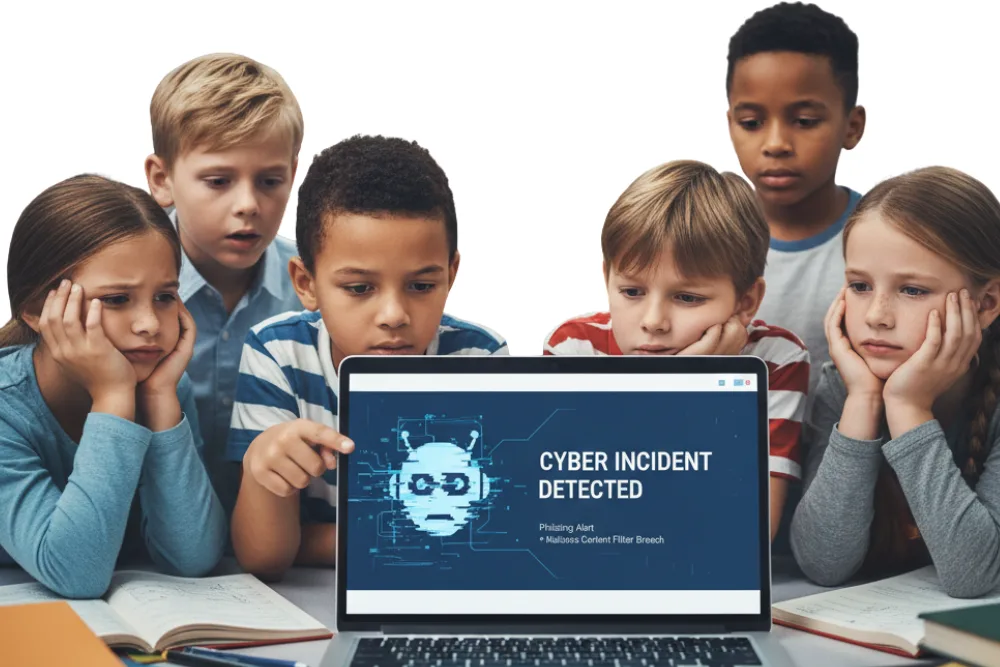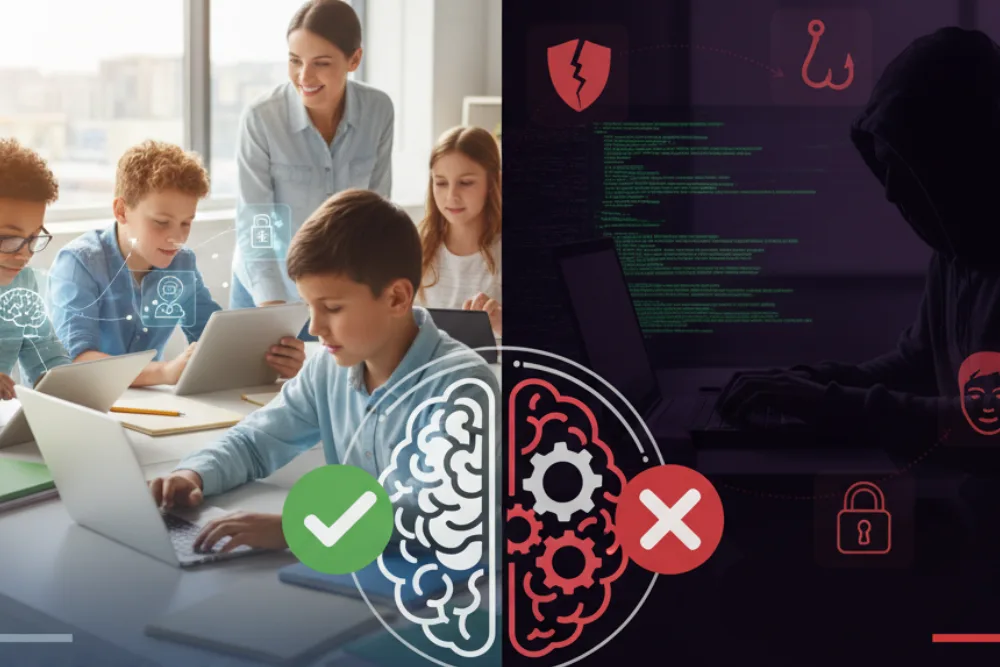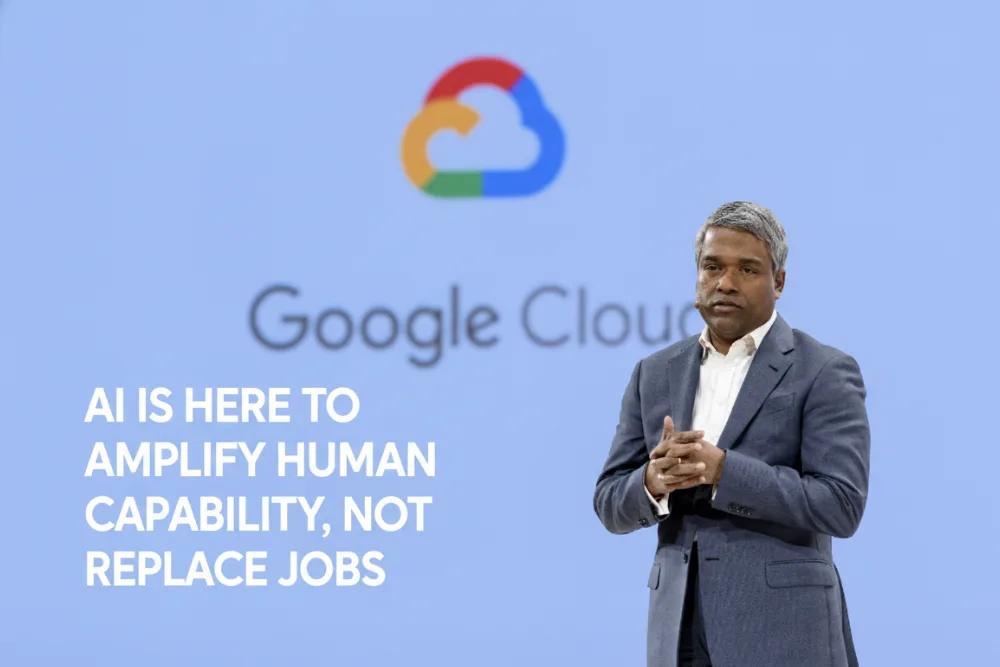Now Reading: 41% of Schools Report AI Cyber Incidents
-
01
41% of Schools Report AI Cyber Incidents
41% of Schools Report AI Cyber Incidents

Artificial Intelligence is changing classrooms, transforming how students learn and how educators teach. However, as adoption accelerates, schools are discovering that their preparedness does not match their enthusiasm. A recent study conducted by Keeper Security and independent researchers surveyed more than 1,400 education leaders in the U.S. and U.K., revealing both the promise and the risks of AI in education.
The Rapid Expansion of AI in Education
AI tools are becoming a normal part of everyday learning. According to the study, 86% of schools allow students to use AI platforms, while 91% permit faculty to do the same. This widespread adoption reflects the belief that AI can support creativity, improve productivity, and enhance learning outcomes.
However, the fast pace of adoption is outpacing the development of safety frameworks. While AI can help students brainstorm essays, generate ideas, and access personalized learning, these same tools can be misused to spread misinformation or create malicious content such as phishing messages or deepfakes.
Growing Risks and Real Incidents
The risks associated with AI are no longer theoretical. In fact, 41% of schools have already reported AI-related cyber incidents. These range from phishing attacks and data breaches to student-generated deepfakes. Such incidents not only threaten the safety of students and staff but can also damage institutional trust and reputation.
While almost every education leader expresses concern about AI threats, only one in four feels confident in identifying them. This gap between awareness and capability underscores a significant vulnerability. Without visibility and clear guidelines, schools struggle to distinguish legitimate AI use from activity that introduces risk.
Confidence vs. Preparedness
The study revealed that 90% of education leaders are worried about AI threats, but just 25% believe they can confidently detect deepfakes or AI-powered phishing attacks. This lack of preparedness is concerning, especially given how easy it is for students or external actors to exploit AI tools.
Experts says that unrestricted use of AI tools not designed for education can have lasting consequences. Beyond cybersecurity risks, overreliance on AI platforms can undermine critical thinking, creativity, and academic integrity.
School Policies Lag Behind AI Use
Although schools recognize the need for regulation, policy development is still struggling to keep up with practice. Just over half of educational institutions have detailed AI use policies or informal guidance in place. Less than 60% deploy AI detection tools or student education programs, leaving significant security gaps.
Even more concerning, only 34% of schools have dedicated budgets for AI security measures, and just 37% have formal incident response plans. This lack of structured preparedness puts institutions at heightened risk. Schools face both an ethical and strategic imperative to close this gap.
Building Responsible AI Strategies in Schools
To balance innovation with protection, schools need proactive strategies. Establishing clear AI use policies, investing in staff training, deploying AI detection technologies, and educating students about responsible use are critical steps. With cyber incidents already impacting a large share of schools, a well-structured security and education framework is no longer optional.

Institutions must also prioritize incident response planning and allocate dedicated budgets to strengthen their defenses. By taking these steps, schools can harness AI’s benefits while minimizing its risks.
Google Cloud CEO Thomas Kurian: AI Amplify Human Capability
Final thoughts
AI is here to stay, and its role in education will only grow. While the technology brings remarkable opportunities, it also introduces new threats that schools cannot afford to ignore. Proactive policy development, targeted investment, and responsible use education are essential to ensure AI supports learning rather than undermining it. Schools that act now will be better equipped to protect their students, staff, and reputations.
Frequently Asked Questions
What are the main AI risks in schools?
The biggest risks include phishing attacks, deepfakes, data breaches, and academic integrity concerns.
How many schools allow AI use?
About 86% of schools allow students to use AI, and 91% permit faculty use.
Are schools prepared for AI threats?
Most schools are aware of risks, but only 25% of leaders feel confident identifying threats like deepfakes or AI-powered phishing.
Why are policies important for AI in education?
Strong policies guide responsible use, reduce cybersecurity risks, and help protect students and staff.
How can schools improve their AI security?
They can implement detection tools, provide staff training, allocate budgets for security, and establish clear response plans.
Dony Garvasis is the founder of Search Ethics, a platform dedicated to transparency, authenticity, and ethical digital practices. With over six years of experience in SEO and digital marketing, I provide expert content on automobiles, Artificial intelligence, technology, gadgets, science, tips, tutorials and much more. My mission is simple: Ethical Search, Genuine Results! I will make sure people everywhere get trustworthy and helpful information.










